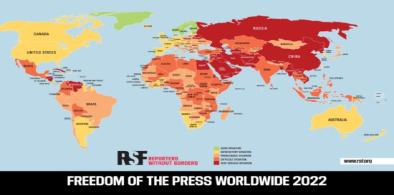Seamless connectivity between India, Bangladesh can increase mutual incomes
Bangladesh and India could increase their income by 17 percent and 8 percent respectively if the two countries manage to provide seamless connectivity, says a report, titled “Connecting to Thrive: Challenges and Opportunities of Transport Integration in Eastern South Asia, by the World Bank

Bangladesh and India could increase their income by 17 percent and 8 percent respectively if the two countries manage to provide seamless connectivity, says a report, titled “Connecting to Thrive: Challenges and Opportunities of Transport Integration in Eastern South Asia, by the World Bank.
Despite the significant expansion in regional trade in the last decade, logistic cost and time still remain high in comparison to other regions of the world, thus hampering regional trade expansion.
Under full integration, exports and imports would be cleared at the destination, obviating the need even to stop at the border. Thus, income would increase by 16.6 percent in Bangladesh and 7.6 percent in India," the report said.
“Geographically, Bangladesh's location makes it a strategic gateway to India, Nepal, Bhutan, and other East Asian countries. Bangladesh can also become an economic powerhouse by improving regional trade, transit, and logistics networks," Mercy Tembon, WB country director for Bangladesh and Bhutan, was quoted as saying by the Daily Star.
The report also highlighted how the goods from other states in India take a very long and costly route to reach the northeastern states of India because Bangladesh doesn’t allow Indian trucks to pass through it. The advantage of reduced road length, via Bangladesh, currently fails to materialize as the goods have to be transloaded in Bangladeshi trucks which takes an unusually long time.
The report said, "If the borders were open to Indian trucks, goods from Agartala would have to travel just 200 kilometers to the Chattogram port in Bangladesh, and the transport costs to the port would be 80 percent lower,"
Seamless regional connectivity requires road, rail, and inland water corridors as well as land, river, and seaports that can handle current and future freight volumes in a timely and cost-effective manner.



















Post a Comment